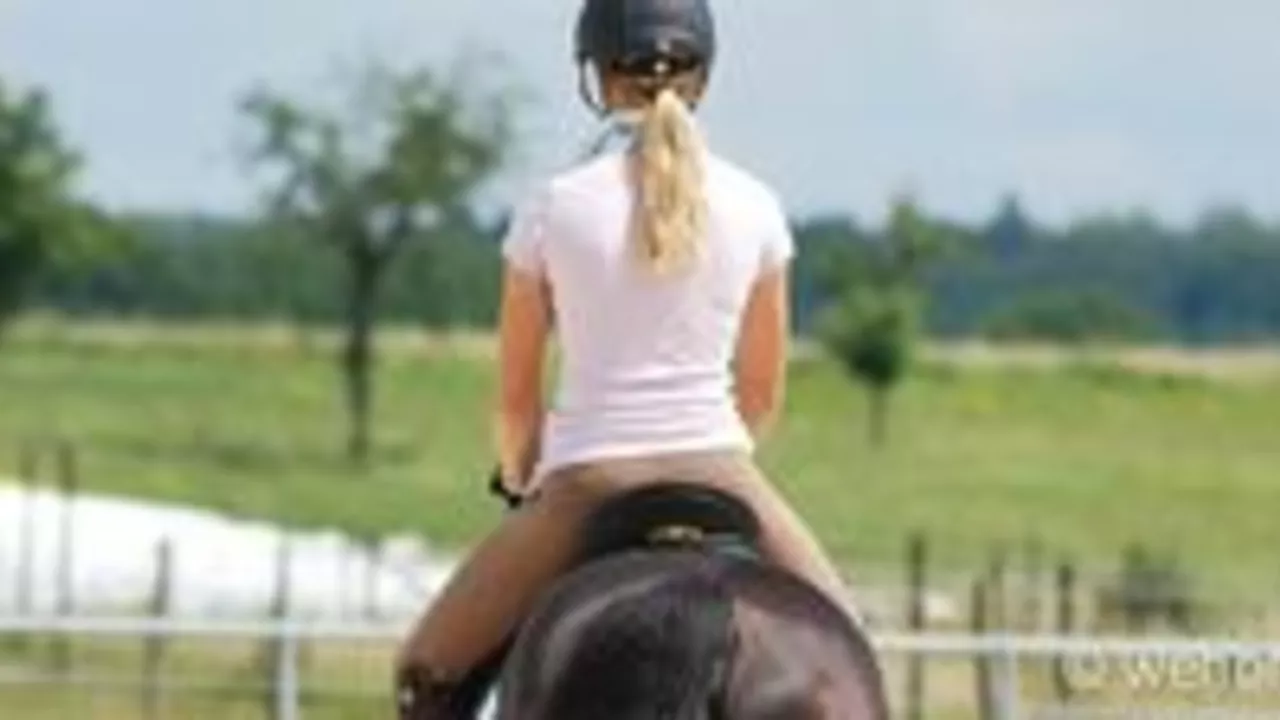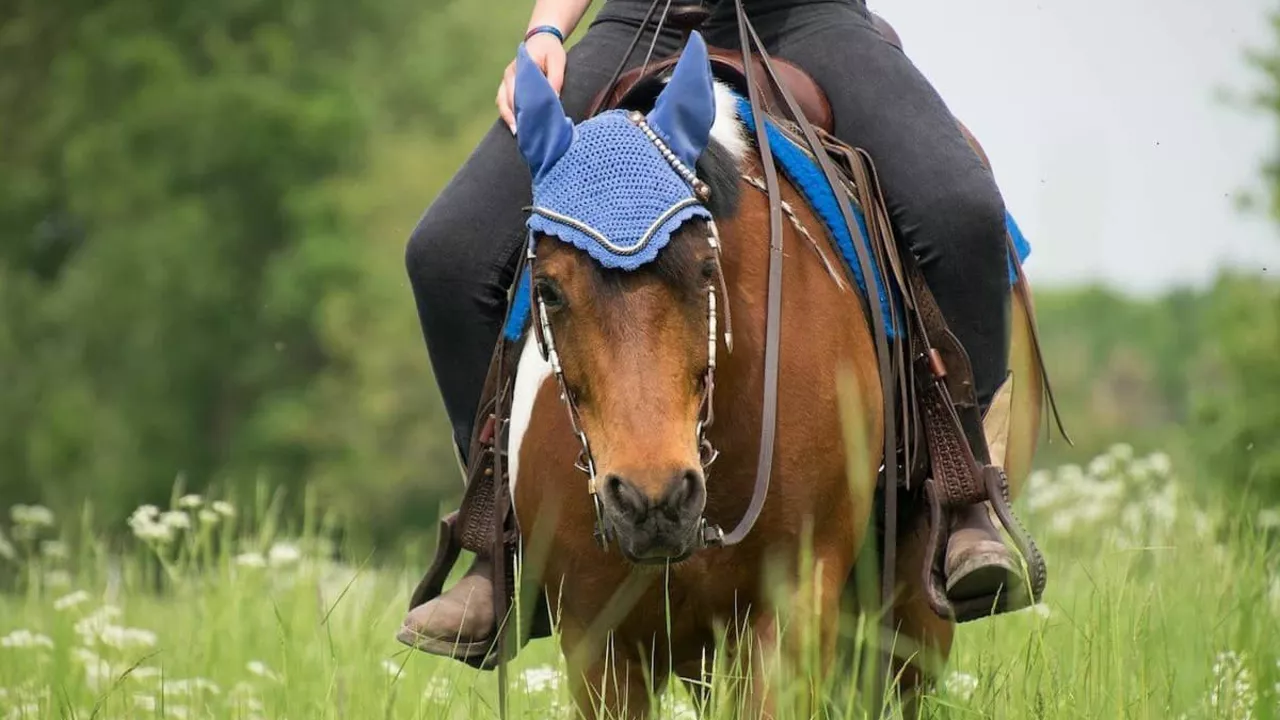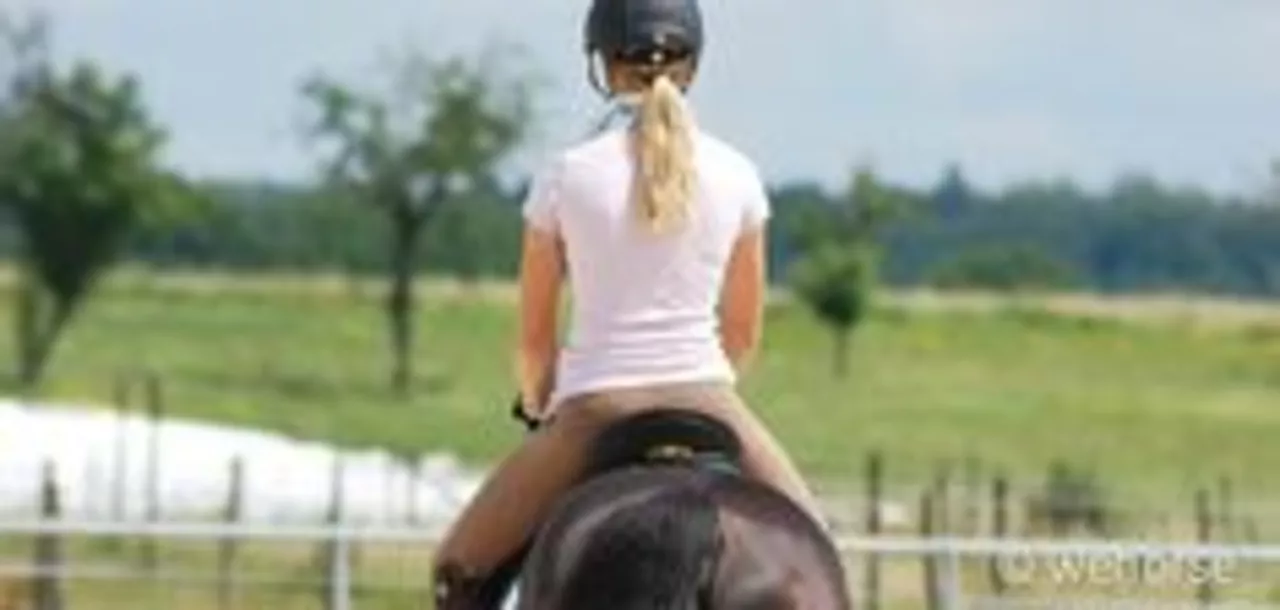Horseback Riding: Real Tips, Gear Advice, and Everyday Answers
If you’re thinking about hopping on a horse, you probably have a lot of questions. Will a horse feel pain when you ride? What should you wear to your first lesson? Can a 25‑year‑old start safely? This guide pulls together the most common queries and gives you straight‑forward answers you can use right now.
Safety First: Age, Health, and Riding Basics
Age isn’t a barrier. A healthy 25‑year‑old can learn to ride just as well as a teenager, as long as you wear a helmet, start with a qualified instructor, and build confidence gradually. The same rule applies to anyone older – listen to your body, stay fit, and keep the rides short at first.
Horses are built to carry weight, but they need proper tack. An ill‑fitting saddle or loose stirrups can cause discomfort for both you and the horse. Always have your saddle checked by a professional and adjust the stirrups so your legs stay relaxed, not strained.
What to Wear – No Guesswork Needed
Long pants are a must. Jeans work fine, but jodhpurs give extra protection against chafing. Pair them with a fitted shirt so nothing catches on the reins. Sturdy boots with a small heel keep your feet from slipping through the stirrups. And never skip the helmet – it’s the single most important safety item.
Jewelry can be a hidden hazard. Stud earrings, necklaces, or loose bracelets might get caught in the tack. If you want to wear studs, make sure they’re tight and smooth‑edged. Otherwise, leave them at home.
Gear and Equipment Essentials
The right saddle makes a world of difference. A well‑fitted saddle distributes pressure evenly, preventing sore spots on the horse’s back. If you’re on a budget, look for a used saddle that a reputable fitter can adjust for you.
Don’t overlook the basics: a good bridle, a clean head‑stall, and a sturdy halter. All of these should be in good condition and free of sharp edges that could injure the horse.
Learning Without a Trainer – Is It Possible?
Yes, but it takes extra effort. Start by watching instructional videos, reading reliable guides, and spending time around experienced riders. Join a local riding club or find a mentor who can give you feedback when you’re out on the trail. Practice the fundamentals – mounting, walking, and stopping – in a safe, low‑traffic area before you try jumps or faster gaits.
Self‑learning works best when you keep a notebook of what you try, what feels right, and what needs adjustment. Over time you’ll spot patterns and avoid repeating mistakes.
Common Myths Debunked
“Does riding hurt a horse?” Not if the horse is healthy, properly trained, and equipped with a good saddle. Overloading or using a bad fit can cause pain, so regular check‑ups with a vet or farrier are essential.
“Is a Clydesdale a riding horse?” They’re a draft breed, built for strength rather than agility. With training they can carry a rider, especially a larger adult, but they’re not as nimble as lighter breeds.
“Is horseback riding uncomfortable?” Discomfort usually comes from poor gear or bad posture. Adjust your stirrups, sit tall, and keep your hips relaxed. A short warm‑up ride helps your body and the horse settle into a comfortable rhythm.
These answers cover the basics, but the real learning comes from experience. Keep asking questions, try new techniques, and share your stories with our community. Whether you’re buying your first helmet or looking for advanced tips, Cherry Hills Sport Ponies is here to help you ride better, safer, and with more fun.

In my recent exploration, I delved into the question of whether it's safe to learn horseback riding at the age of 25. From my research, age doesn't seem to be an obstacle in learning to ride a horse, provided you're in good health and physical condition. It's always important, however, to take safety precautions such as wearing a helmet and working with a trained professional. The key is to have patience and gradually build up your confidence and skills. So, for all you 25-year-olds out there, don't let age deter you from this exciting experience!
Read more

Heading out for a horseback riding lesson, it's essential to dress appropriately for safety and comfort. Long pants, preferably jeans or jodhpurs, are ideal to protect your legs from chafing against the saddle. A fitted top or shirt will keep you comfortable without the risk of getting caught on anything. Don't forget a pair of sturdy, heeled boots to prevent your feet from sliding through the stirrups. Lastly, a well-fitted helmet is a must-have for safety reasons.
Read more

Stud earrings can be a stylish way to add some flair to your horseback riding lessons. However, it is important to consider safety before deciding to wear them. Stud earrings are small and can easily fall off and become a hazard. If you decide to wear them, make sure that the earrings are firmly secured and don't have any sharp edges that could cause injury. Additionally, consider the material of the earrings to ensure that they won't corrode or irritate your skin. With the right precautions and the right earrings, you can rock those studs while riding safely.
Read more


